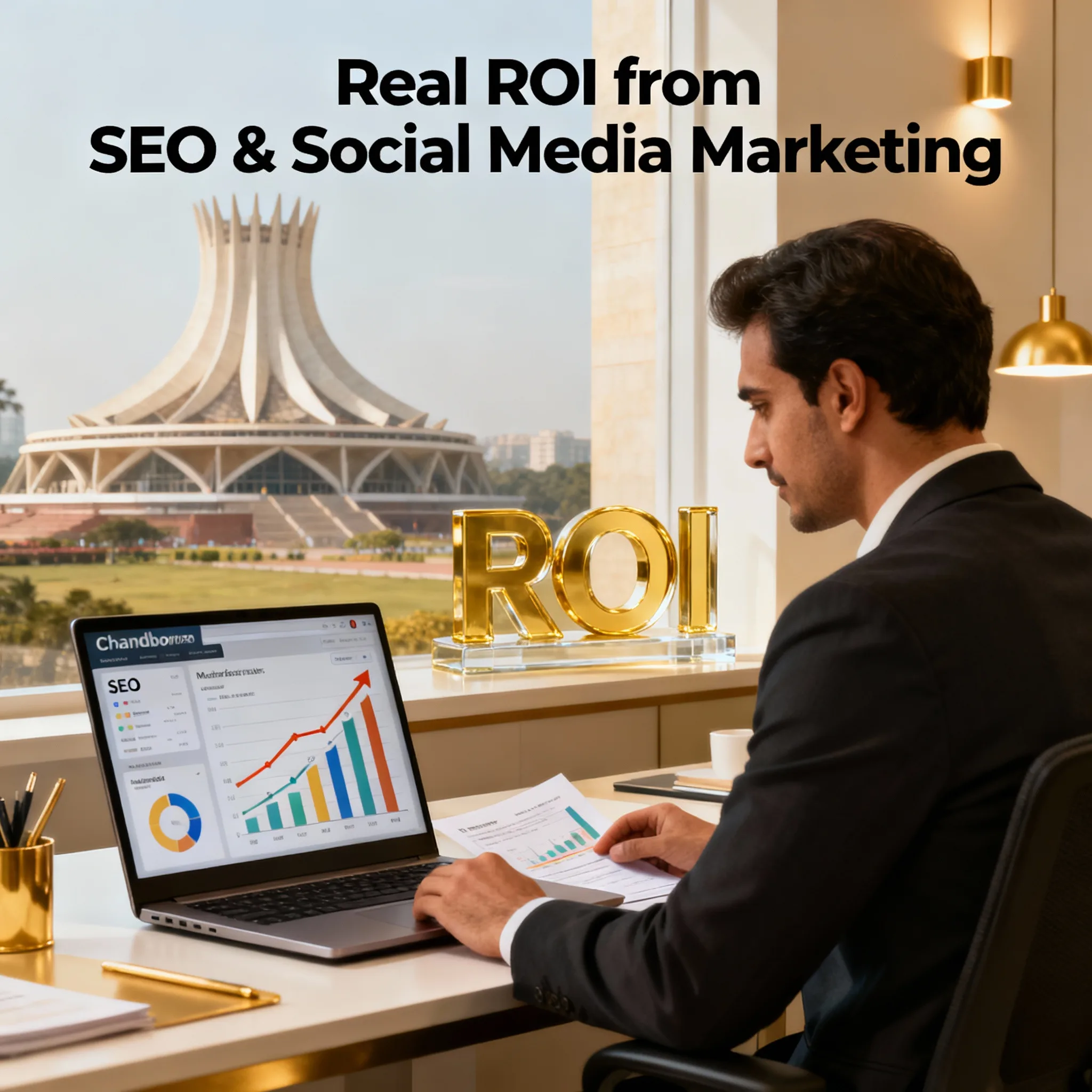
If you’ve been researching ways to grow your business online, chances are you’ve heard about SEO (Search Engine Optimization) and social media marketing. These two digital strategies dominate conversations about online growth, but one question still bothers most business owners and beginners: “What kind of ROI (Return on Investment) can I actually expect?”
It’s a fair question. After all, no one wants to pour money and effort into something without knowing what returns they’ll see. In this blog, we’ll break down ROI from SEO and social media in simple terms, explain how results are measured, and show why these skills are in such high demand today. We’ll also touch on why taking a digital marketing course in Chandigarh is one of the smartest ways to understand and use these tools effectively.
Understanding ROI in Digital Marketing
Before diving into SEO and social media specifically, let’s make sure we’re clear on ROI.
ROI, or Return on Investment, simply means:
(Profit Gained – Cost of Investment) ÷ Cost of Investment × 100
In marketing, ROI isn’t always as direct as sales numbers. Sometimes it’s about brand awareness, customer loyalty, or long-term visibility that eventually leads to profit. That’s why measuring ROI requires both short-term metrics (like clicks, leads, and conversions) and long-term outcomes (like brand trust and recurring sales).
ROI from SEO: What to Expect
1. The Long-Term Investment That Pays Off
SEO is like building a foundation. At first, results are slow, but once your website ranks on Google, the rewards can be enormous. Studies show that websites ranking on the first page of Google capture over 70% of clicks. That means more traffic without the need to constantly pay for ads.
If you invest in good SEO strategies, like keyword optimization, quality content, and backlinks, you can expect ROI in the form of:
-
Steady traffic growth
-
Lower customer acquisition cost over time
-
Increased trust (people trust organic results more than ads)
2. Typical ROI Timeline
Most businesses start seeing results from SEO in 4 to 6 months, but significant ROI often appears after 12 months. That’s because SEO compounds over time: the more content you publish and optimize, the stronger your website authority becomes.
3. Realistic ROI Numbers
Exact ROI depends on your industry and competition, but businesses often report 200% to 500% ROI from long-term SEO efforts. For example, if you invest $1000 in SEO monthly, you could be making $3000–$5000 in sales once rankings stabilize.
ROI from Social Media Marketing: What to Expect
1. The Fast-Action Channel
Unlike SEO, which is long-term, social media can generate instant results if used effectively. Paid advertising on social platforms can bring in leads or sales within days. Organic social media (building audiences through posts and engagement) takes longer but is essential for trust and loyalty.
2. Key ROI Areas
When you invest in social media marketing, your ROI isn’t only about sales—it also comes in forms like
-
Brand awareness campaigns
-
Audience targeting to reach local customers
-
Online engagement metrics such as likes, shares, and comments
-
Influencer collaborations in Los Angeles or local markets
-
Customer loyalty and repeat buyers
3. ROI Numbers You Can Expect
On average, social media ads can deliver 150% to 300% ROI when targeting is done correctly. For organic growth, ROI takes longer but builds communities that continue to generate results without ongoing high costs.
SEO vs. Social Media: Which Delivers Better ROI?
The reality is, SEO and social media don’t compete with each other, they actually work best when they team up.
-
SEO = Long-term stability. Once you rank, your traffic keeps flowing with minimal additional cost.
-
Social Media = Speed and visibility. Ads and campaigns can get you fast results, but you have to keep investing to maintain them.
The smart strategy is to combine both: use SEO for steady organic traffic while using social media to engage, build community, and run campaigns for fast boosts.
Measuring ROI Effectively
One of the biggest challenges beginners face is understanding how to measure ROI from these channels. Here are some practical metrics:
-
SEO ROI Metrics: keyword rankings, organic traffic, bounce rate, conversion rate, and lead quality.
-
Social Media ROI Metrics: engagement rate, click-through rate (CTR), cost per lead, cost per acquisition (CPA), and overall sales conversions.
Modern marketing automation tools make this easier by tracking campaigns across platforms.
Why ROI Depends on Skills
The ROI you get doesn’t just depend on the platform; it depends on how well you use it. That’s why skilled digital marketers are in such high demand. Knowing how to balance SEO with social media campaigns can be the difference between breaking even and doubling your investment.
This is also why so many students and professionals are now enrolling in a digital marketing course in Chandigarh. By learning hands-on SEO, PPC, social media strategy, and content creation, you develop the skills to maximize ROI for businesses or even your own projects.
Businesses will increasingly focus on ROI from social media, not just through sales, but also through community-driven brand growth.
That’s why staying updated through an online digital marketing course in India is so important. Digital marketing is one field where continuous learning directly impacts ROI.
Final Thoughts
So, what kind of ROI can you expect from SEO and social media marketing? It really comes down to your goals, but here’s an easy way to look at it:
-
SEO ROI builds slowly but can deliver massive long-term returns, often in the range of 200% to 500%.
-
Social Media ROI can be quicker, ranging from 150% to 300%, but requires consistent effort or ad spend.
-
The best strategy is to combine both: use SEO for organic visibility and social media for engagement and immediate traction.
And if you’re serious about mastering these skills, investing in a digital marketing course in Chandigarh is one of the smartest steps you can take. It’s not just about learning tools, it’s about understanding how to drive ROI in a digital-first world.







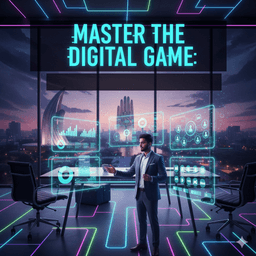
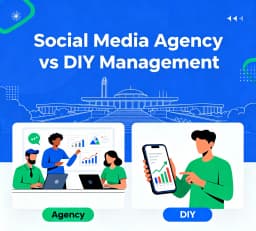
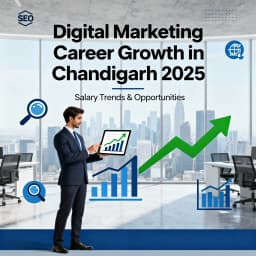
%2520Month%2520Digital%2520Marketing%2520Course%2520Worth%2520It.webp&w=256&q=75)
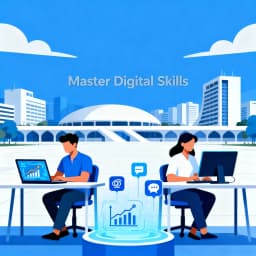

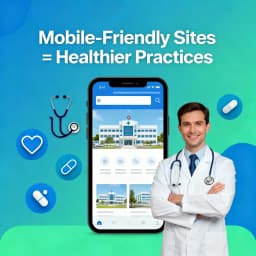




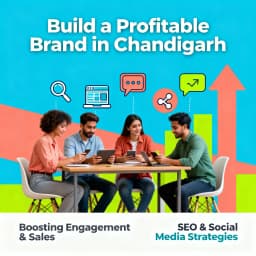


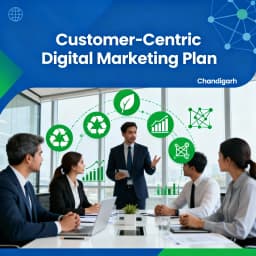

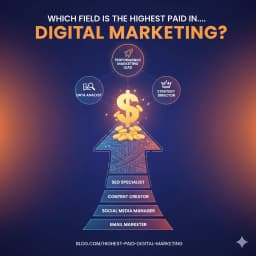
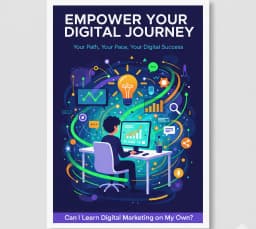
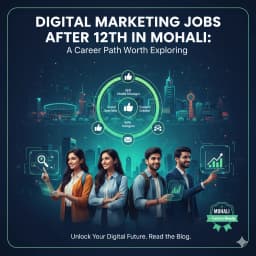
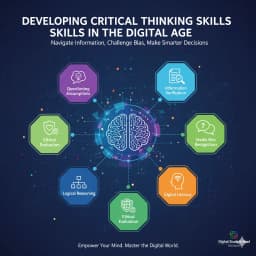
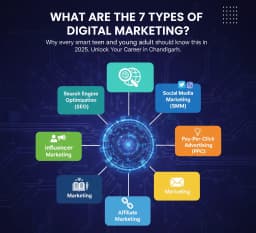

.webp&w=256&q=75)
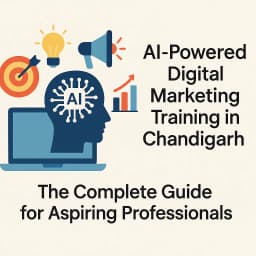
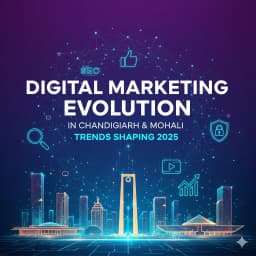




.png&w=256&q=75)
.png&w=256&q=75)











